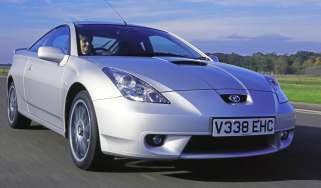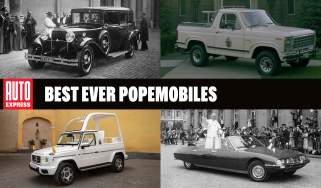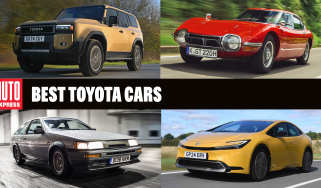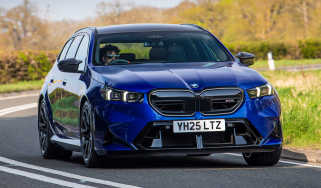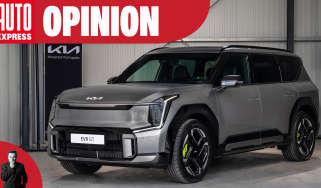Self-driving cars
Will the metropolis of the future be dominated by driverless cars? The technology isn’t as far away as you might think...
Could driving yourself soon be a thing of the past? Tech giant Google certainly thinks so. It started work on a driverless car back in 2010 and now the US state of Nevada has granted it a licence to trial them on public roads – bringing self-driving vehicles one step closer to production.
The car is based on a Toyota Prius, but it’s fitted with a wide range of technologies that allowsit to drive itself. The most notable is the large roof-mounted LIDAR (light detection and ranging) unit, which spins around at high speed to give the computers a constant 360-degree view of the car’s immediate surroundings.
This combines with another radar in the grille (which detects objects in front of the car) and positioning sensors that pinpoint the Toyota’s exact location while a computer works out whether the car should brake, speed upor steer to avoid obstacles.
A Google spokesman told us: “Before any route is driven using our automated technology, we first drive the roads ourselves to create a detailed digital map of all of the features on the way. By mapping things like lane markers and traffic signs, the software in the car becomes familiar with the environment and its characteristics in advance.”
When the car later tackles the route without driver assistance, the same cameras, laser sensors and radars help determine where other cars are and how fast they’re moving. Meanwhile the computer software controls acceleration and deceleration and mounted cameras read and interpret traffic lights, signals and road signs.
“The problems are all about computers and information – how to get the right info to the cars at the right time,” the Google spokesman continued. “And it’s all made possible by our data centres, which are able to process the enormous amounts of info gathered by these vehicles.”
The Google driverless car is the brainchild of Sebastian Thrun, a professor at Stanford University, a Google vice president and the co-inventor of Google Street View. He led a Stanford team to victory in the 2005 DARPA Challenge – a race for driverless vehicles sponsored by the US Department of Defense. He’s used knowledge gained in that event to develop the Google driverless car.
During its development, the self-driving Prius has clockedup more than 200,000 miles,traversed the Golden Gate Bridge and driven down San Francisco’s notoriously tricky Lombard Street – one of the steepest, twistiest urban roads in the world.
There’s been one accident, but Google claims the car was being driven manually at the time. It happened just outside company HQ in California, when another driver hit the back of the Prius at traffic lights. This shows the main impetus for driverless cars – taking humans out of the equation to improve safety.
The Google spokesman said: “It’s about making cars safer, as over 1.2 million people are killed in road accidents every year. It’ll reduce US energy consumption by several percentage points, free up substantial time every day (52 minutes for every working American), triple the capacity of the highways and enable new models of car sharing.”
Indeed, Google’s chairman Eric Schmidt thinks it’s amazing humans were allowed to drive cars at all, and regards the need for a driver as a bug to be fixed.
Driving enthusiasts may disagree with this view, but the director of the Nevada Department of Motor Vehicles doesn’t. He approved a driverless car licence for Google after riding in a Prius down the Las Vegas strip and seeing how it was better than him at spotting hazards.
Right now, driverless cars have to be manned by two people – one to take control if necessary and another to monitor the route. But when the cars are ready for public use, this stipulation willbe removed. And that couldhappen in as little as five years
Ten potential benefits of the driverless car
Safer roads Human error is the cause of 60 per cent of the 1.2 million fatal road traffic accidents globally each year.
Productive commute Like on the train or in a taxi, you could work while travelling.
Fewer jams Cars would be like road trains on motorways, maintaining constant speed.
No school run Parents could send their children to and from school on their own.
New designs Visibility will be less important, so the whole shape and look of cars could be radically different.
Longer journeys With no need to concentrate on the road, you’ll be able to travel further without stopping.
No road rage Cars wouldn’t cut each other up or drive aggressively, but instead communicate for optimum traffic flow.
Mobility for all People currently unable to drive – such as those with epilepsy and the blind – would be independently mobile.
Improved economy The car calculates how to drive in the most efficient manner.
Cheaper insurance Greatly reduced chance of having an accident will mean lower premiums, especially for the young.
Find a car with the experts
